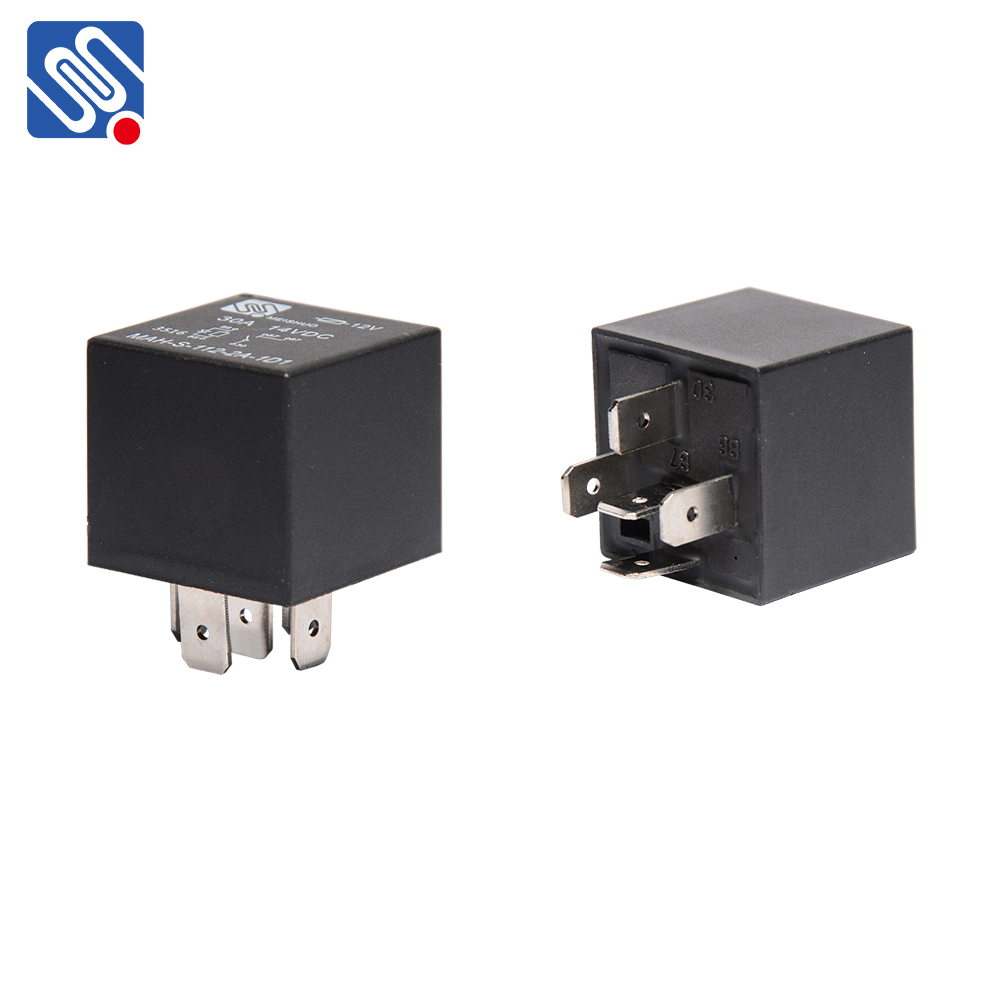The relay market has witnessed significant growth and transformation in recent years, fueled by technological advancements and a growing demand for automation, energy efficiency, and smart connectivity across various industries. As the world becomes increasingly interconnected and reliant on automated systems, relays—small but crucial electrical components used to control circuits—are playing a pivotal role in facilitating these changes. This article explores the current trends in the relay market and the factors driving their evolution.

1. The Shift Towards Automation and Smart Technologies One of the most prominent trends in the relay market is the shift toward automation and smart technologies. The widespread adoption of Industry 4.0, the Internet of Things (IoT), and smart home systems has created a demand for relays that can enable seamless control and monitoring of connected devices. Relays used in these applications must meet higher standards in terms of connectivity, functionality, and compatibility with other smart devices. In industrial automation, for instance, relays are integral to controlling various machines and processes, such as motors, lights, and valves, ensuring the efficiency and safety of operations. With the growing prevalence of automated systems, relays that offer remote control and monitoring capabilities are becoming increasingly sought after. This has led to the development of smart relays equipped with wireless communication protocols like Zigbee, Bluetooth, and Wi-Fi, allowing users to control and manage devices remotely.